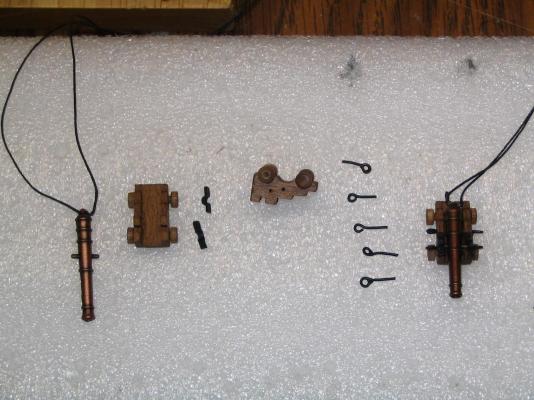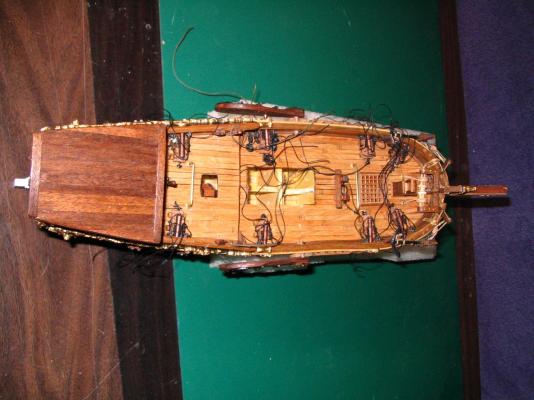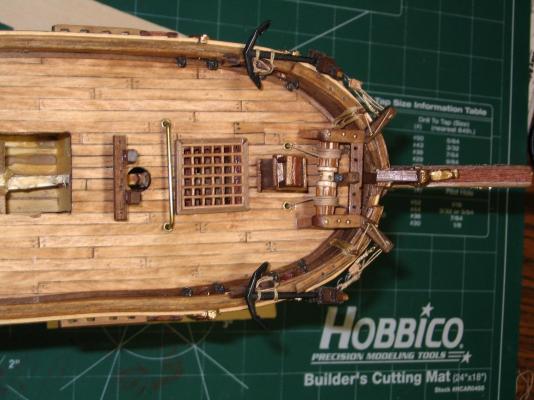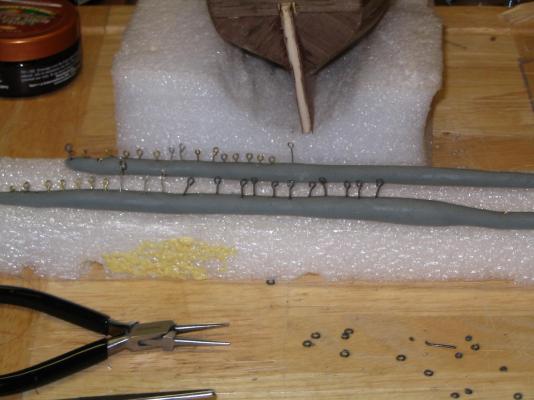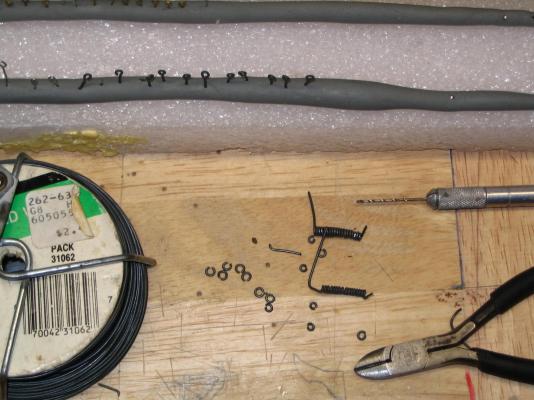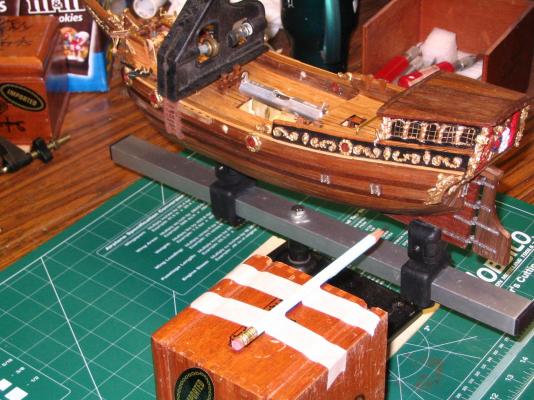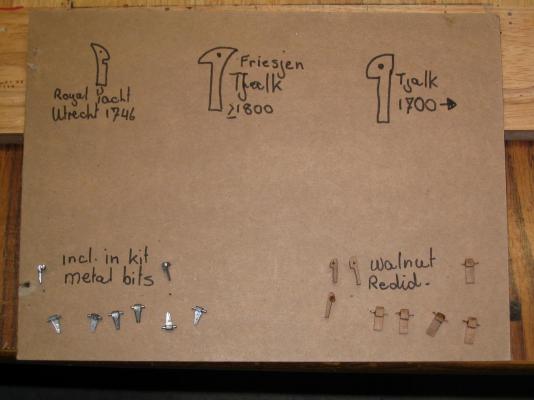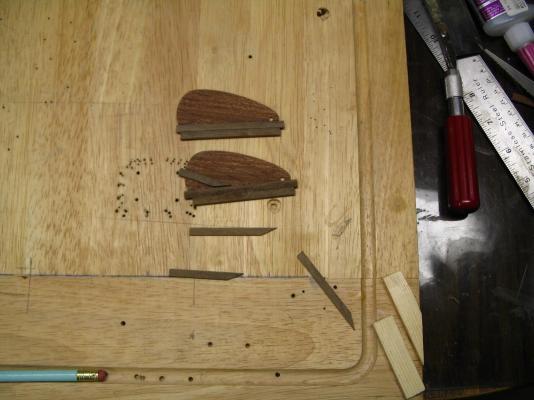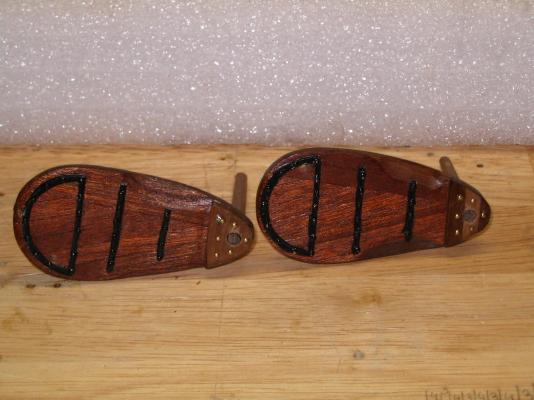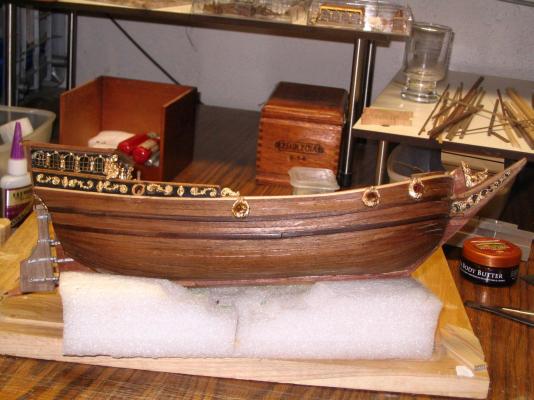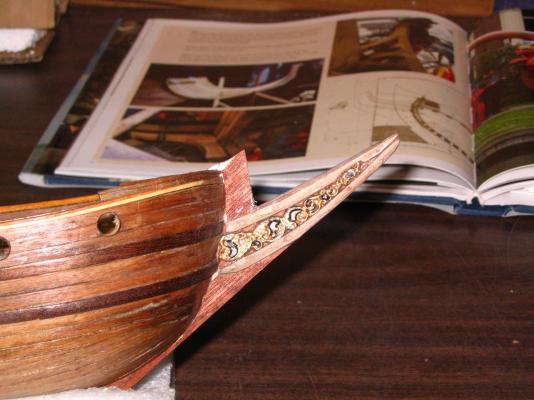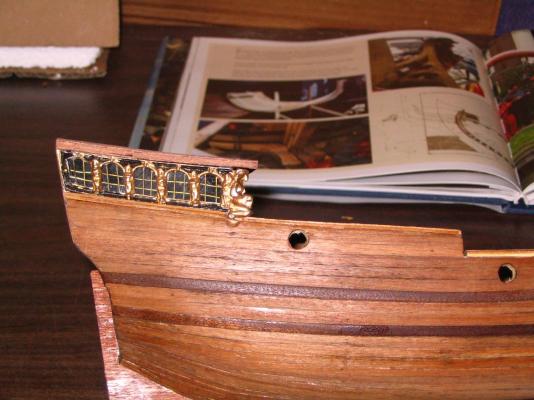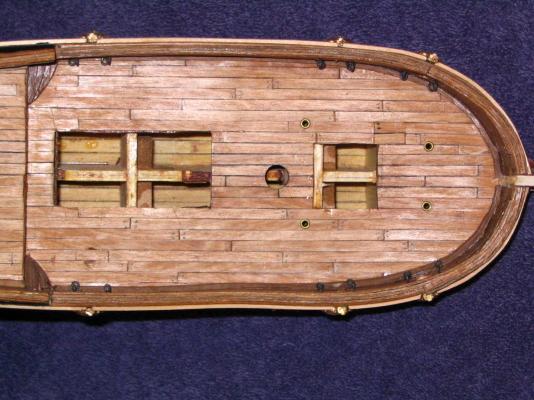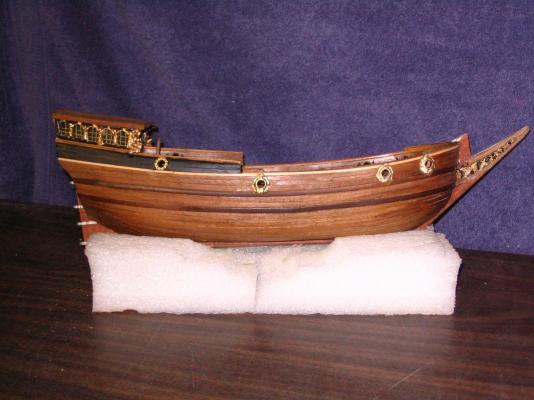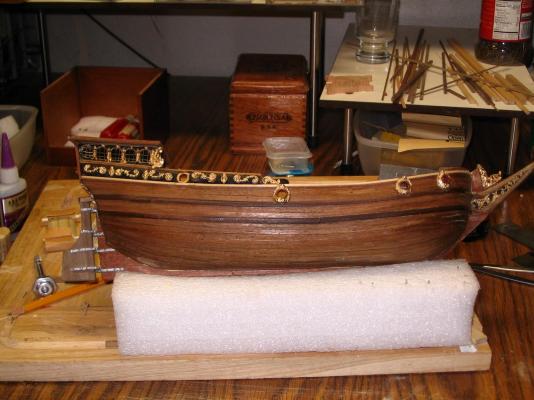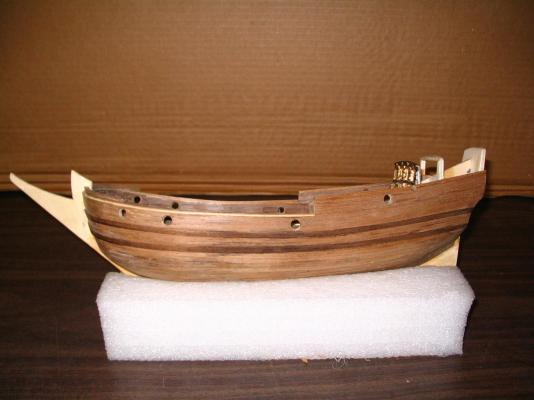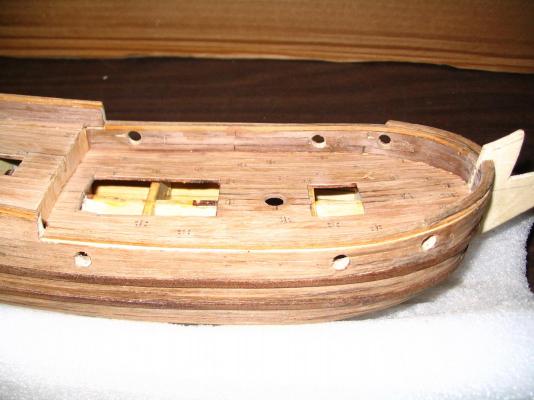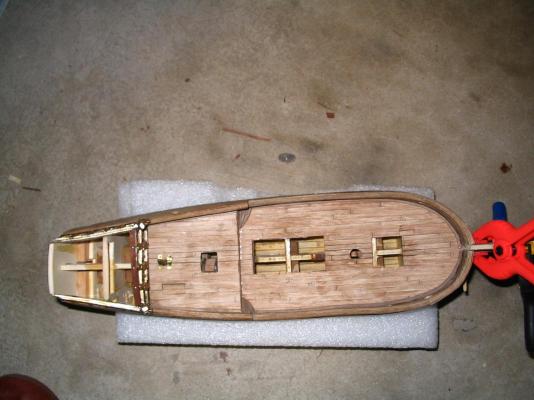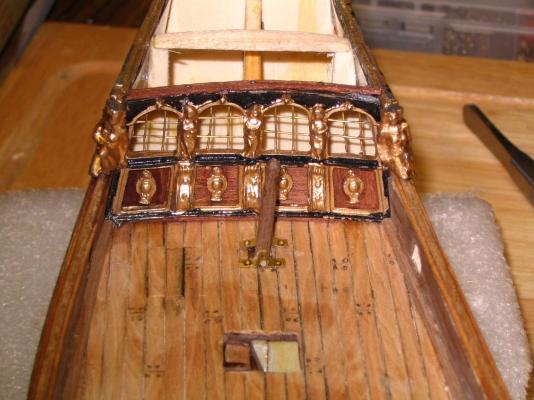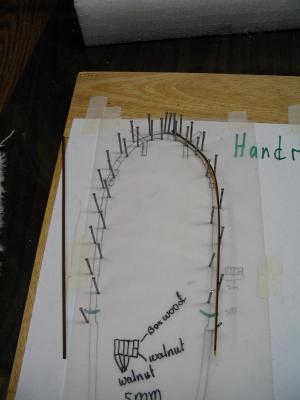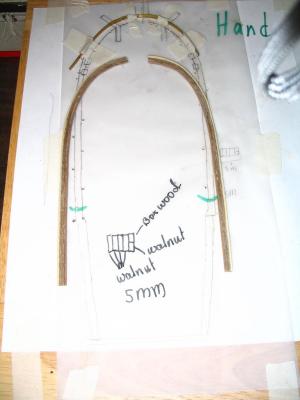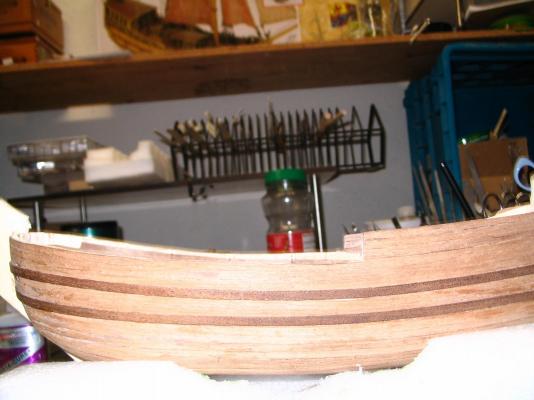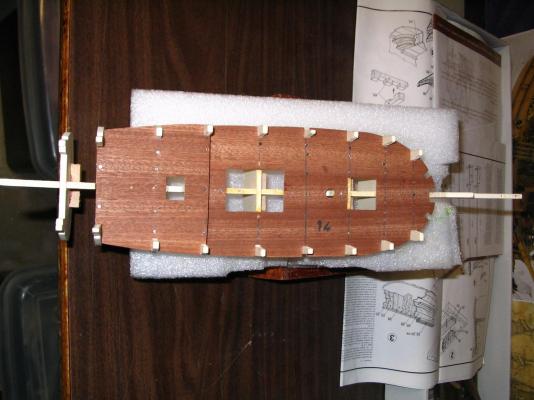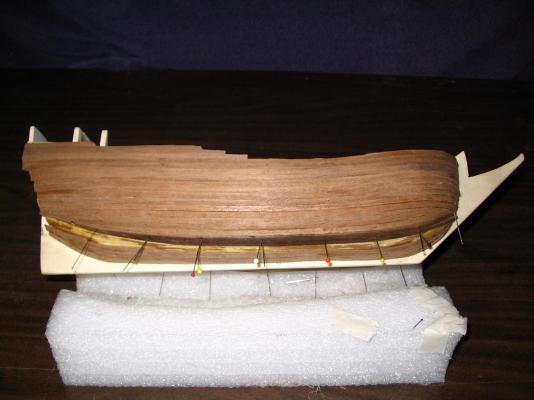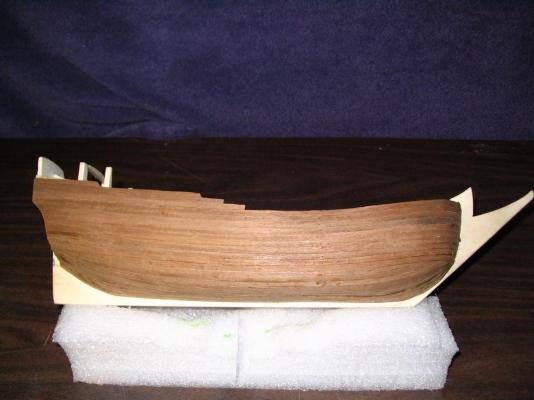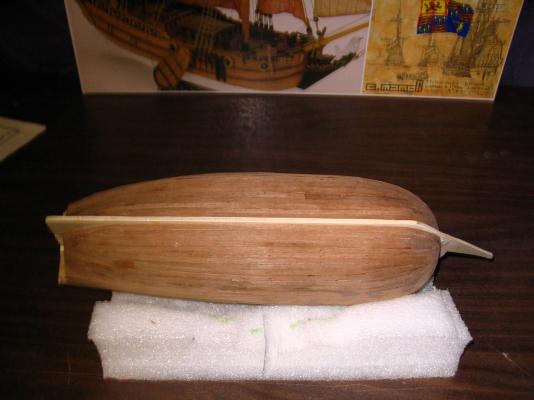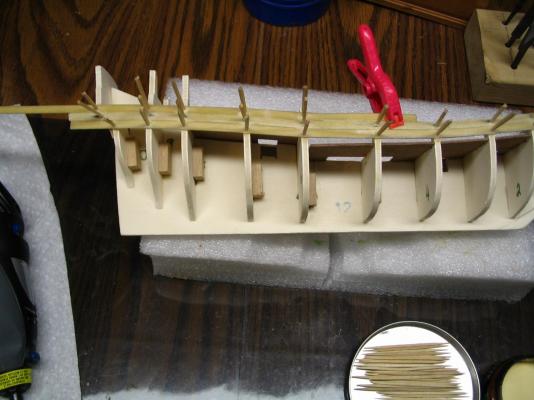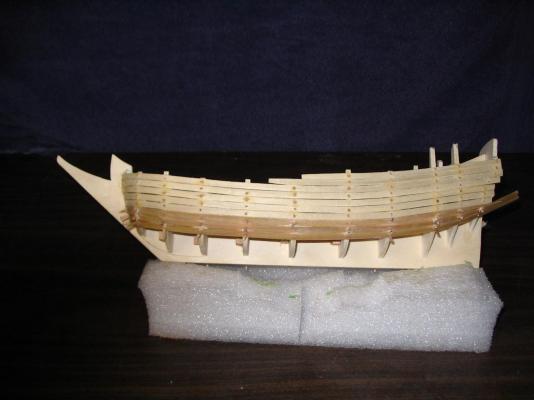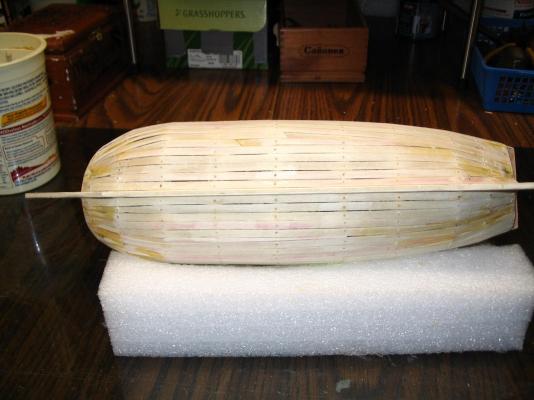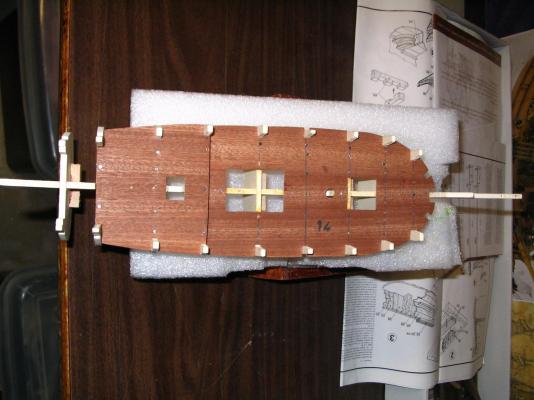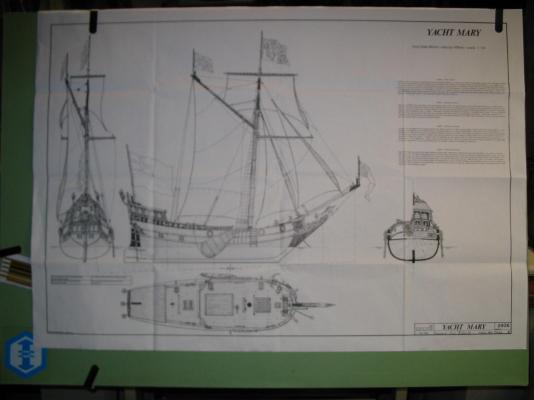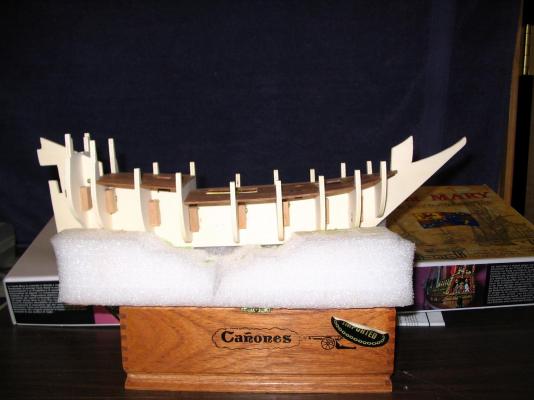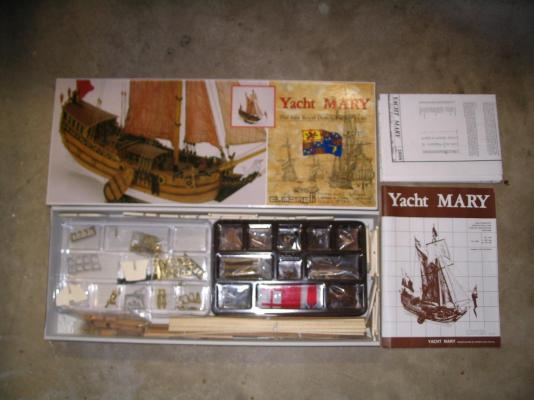-
Posts
1,735 -
Joined
-
Last visited
Content Type
Profiles
Forums
Gallery
Events
Everything posted by flying_dutchman2
-
- 85 replies
-
- yacht mary
- mamoli
-
(and 1 more)
Tagged with:
-
- 85 replies
-
- yacht mary
- mamoli
-
(and 1 more)
Tagged with:
-
- 85 replies
-
- yacht mary
- mamoli
-
(and 1 more)
Tagged with:
-
- 85 replies
-
- yacht mary
- mamoli
-
(and 1 more)
Tagged with:
-
I did not like the bits so I redid then in walnut. Did some comparing of different yachts of different era's.
- 85 replies
-
- yacht mary
- mamoli
-
(and 1 more)
Tagged with:
-
Creating the leeboards. For the modelers that do not what a leeboard is, the following is an explanation. A leeboard is a lifting foil used by a sailboat, much like a centerboard, but located on the leeward side of the boat. The leeward side is used so that the leeboard is not lifted from the water when the boat heels, or leans under the force of the wind.
- 85 replies
-
- yacht mary
- mamoli
-
(and 1 more)
Tagged with:
-
- 85 replies
-
- yacht mary
- mamoli
-
(and 1 more)
Tagged with:
-
- 85 replies
-
- yacht mary
- mamoli
-
(and 1 more)
Tagged with:
-
Railing completed as well as the hull, deck and started on the cabin. The parts on that is soft metal.
- 85 replies
-
- yacht mary
- mamoli
-
(and 1 more)
Tagged with:
-
Here I am creating the railing consisting of 1mm x 1mm x 10mm bass wood and walnut. It was soaked and then with my finger nails I bend it in place, added nails on the traced drawing and let it dry for a couple of days.
- 85 replies
-
- yacht mary
- mamoli
-
(and 1 more)
Tagged with:
-
- 85 replies
-
- yacht mary
- mamoli
-
(and 1 more)
Tagged with:
-
Looks like sometimes the pictures are posted not in order even though when I look in the thumbnail view they are. Here is the second layer of hull planking.
- 85 replies
-
- yacht mary
- mamoli
-
(and 1 more)
Tagged with:
-
- 85 replies
-
- yacht mary
- mamoli
-
(and 1 more)
Tagged with:
-
- 85 replies
-
- yacht mary
- mamoli
-
(and 1 more)
Tagged with:
-
The following pictures are the contents of the box. Drawing of the boat itself. Several pictures of the 1st planking layer of basswood and the second layer of walnut planking.
- 85 replies
-
- yacht mary
- mamoli
-
(and 1 more)
Tagged with:
-
HMS Mary was the first Royal Yacht of the Royal Navy. She was built in 1660 by the Dutch East India Company. Then she was purchased by the City of Amsterdam and given to King Charles II, on the restoration of the monarchy, as part of the Dutch Gift. She struck rocks off Anglesey in thick fog on 25 March 1675 while en route from Dublin to Chester. Although 39 of 74 crew and passengers managed to get to safety, the wreck quickly broke up. Guns and other artefacts were taken to the Merseyside Museums for conservation and display. She was the first of some 27 yachts which the king owned between 1660 and 1685. The word yacht derives from a Dutch word jagen, meaning to hunt. She was 52 feet long, with a beam of 19ft (15.8 by 5.8m) and displaced 100 tons. Her hull was copper clad. The Dutch yacht is the fore-runner of the Thames sailing barge. They had a large sail area, but a shallow draught that enabled them to navigate shallow waters. As with a sailing barge, sailing was achieved by means of a leeboard instead of having a deep keel. The shallow draught meant that she needed to carry additional ballast when sailing deeper waters. She was built for luxury with a decorated counter. I started building, The First Royal Dutch Yacht ”Mary”, 1646 from Mamoli in 2010. After the planking of the hull I put her away as there was little time for any boat building. I started working on her last year. Presently I am working on the masts. I like this boat but the instructions are horrible and the drawings are all done in freehand. No CAD was used like my Bounty from Constructo. Furthermore, translation was done by an Italian and a dictionary because it seemed like he did not speak English. But all is not lost. The drawings are similar to the Statenjacht Utrecht drawings. So I have been working with those as well.
- 85 replies
-
- yacht mary
- mamoli
-
(and 1 more)
Tagged with:
-
Piet I enjoy reading anything VOC. I've done some kits from botter's, tjalk, and boeier's. There is a Dutch wood kits manufacturer at the Maritime museum in Amsterdam. Finishing up the Royal Mary (from Mamoli) and starting to work on the Utrecht. Have both books from that one from Seawatch books. So the Utrect comes first to get a taste of scratch building. For me doing something like your boat would be very advanced, but I will get to that. The Valkenisse is something I need to study and I like to add masts, rigging and sails. So I need to do further research on similar boats from that era for that. Seems the book from Hoving on the boats from Abel Tasman (Heemskerck and Zeehahn) have similar rigging. As far as I can search the Net, this book is not available. So next year when I go visit my mother in Amsterdam I will purchase the Dutch version among the many other things boat wise I will be getting. Yes, the Dutch ruled the naval world and it was all about "business", that is why we were welcome in Japan and several other Asian nations, because we were not trying to convert the locals to a religion, like the Portugeese and the Spanish. Regards, Marc
About us
Modelshipworld - Advancing Ship Modeling through Research
SSL Secured
Your security is important for us so this Website is SSL-Secured
NRG Mailing Address
Nautical Research Guild
237 South Lincoln Street
Westmont IL, 60559-1917
Model Ship World ® and the MSW logo are Registered Trademarks, and belong to the Nautical Research Guild (United States Patent and Trademark Office: No. 6,929,264 & No. 6,929,274, registered Dec. 20, 2022)
Helpful Links
About the NRG
If you enjoy building ship models that are historically accurate as well as beautiful, then The Nautical Research Guild (NRG) is just right for you.
The Guild is a non-profit educational organization whose mission is to “Advance Ship Modeling Through Research”. We provide support to our members in their efforts to raise the quality of their model ships.
The Nautical Research Guild has published our world-renowned quarterly magazine, The Nautical Research Journal, since 1955. The pages of the Journal are full of articles by accomplished ship modelers who show you how they create those exquisite details on their models, and by maritime historians who show you the correct details to build. The Journal is available in both print and digital editions. Go to the NRG web site (www.thenrg.org) to download a complimentary digital copy of the Journal. The NRG also publishes plan sets, books and compilations of back issues of the Journal and the former Ships in Scale and Model Ship Builder magazines.



